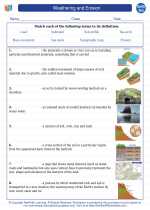Mechanical Waves
Mechanical waves are disturbances that travel through a medium, such as air, water, or solids, as a series of compressions and rarefactions. There are two main types of mechanical waves: transverse waves and longitudinal waves.
Transverse Waves
Transverse waves occur when the particles of the medium move perpendicular to the direction of the wave. Examples of transverse waves include water waves, and the motion of a string when plucked.
Longitudinal Waves
Longitudinal waves occur when the particles of the medium move parallel to the direction of the wave. Examples of longitudinal waves include sound waves and waves in a slinky.
Wave Properties
Several properties describe the behavior of mechanical waves:
- Amplitude: The maximum displacement of a wave from its rest position.
- Wavelength: The distance between two consecutive points in a wave that are in phase.
- Frequency: The number of complete wave cycles passing a point per unit time.
- Wave Speed: The speed at which a wave travels through a medium.
Wave Interactions
When waves encounter boundaries or obstacles, they can undergo various interactions:
- Reflection: When a wave bounces off a barrier and changes direction.
- Refraction: The bending of a wave as it passes from one medium to another.
- Diffraction: The bending of waves around obstacles or through openings.
- Interference: The combination of two or more waves to form a new wave.
Study Guide
To study mechanical waves effectively, consider focusing on the following key points:
- Understand the difference between transverse and longitudinal waves.
- Learn the wave properties and how they relate to wave behavior.
- Practice problems involving wave speed, frequency, and wavelength calculations.
- Explore real-world examples of mechanical waves, such as seismic waves and ocean waves.
- Review wave interactions and how they affect wave behavior.
◂Earth Science Worksheets and Study Guides High School. Weathering and Erosion
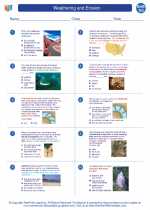
 Worksheet/Answer key
Worksheet/Answer key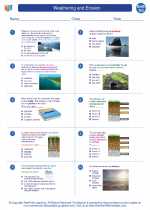
 Worksheet/Answer key
Worksheet/Answer key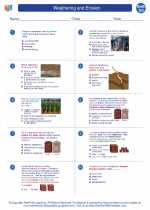
 Vocabulary/Answer key
Vocabulary/Answer key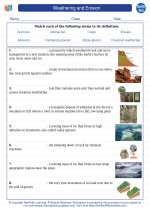
 Vocabulary/Answer key
Vocabulary/Answer key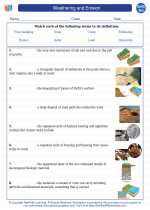
 Vocabulary/Answer key
Vocabulary/Answer key